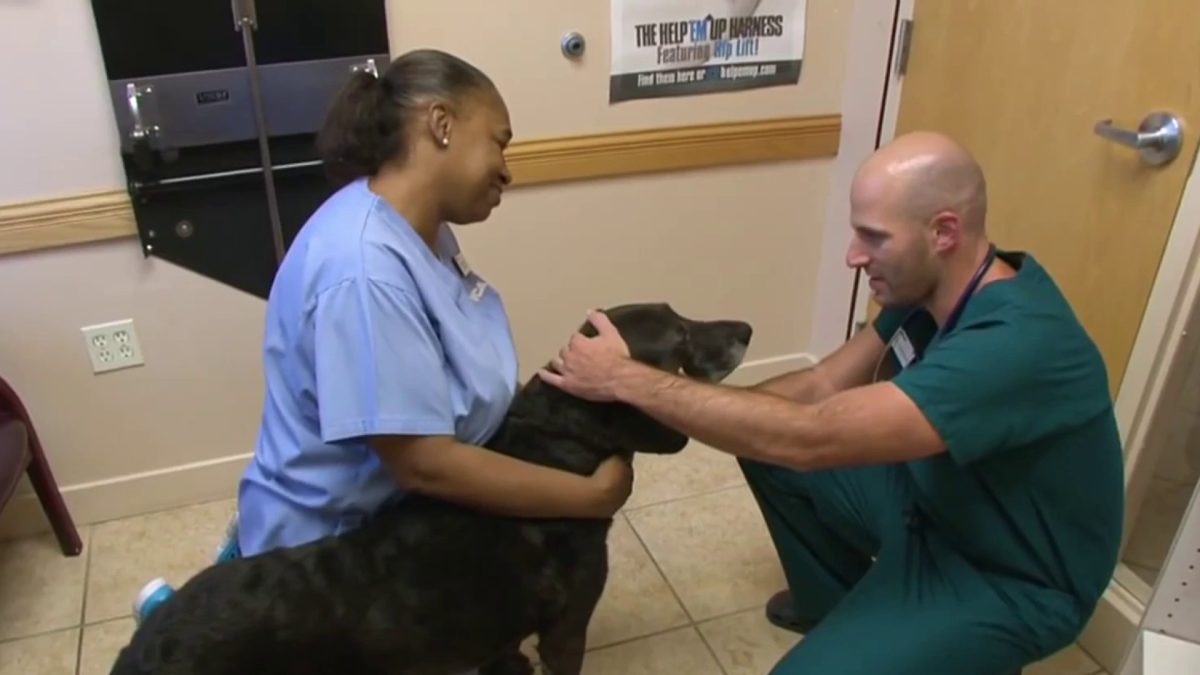Interstate 270, a key corridor from Pennsylvania to Washington, welcomes more than 200,000 vehicles each day and was listed among the five most congested corridors in a recent National Capital Region Transportation Planning Board report. And no one seems to know what to do about it.
"It's hell on Earth, five days a week," said Frederick County Commissioner Charles Jenkins.
Maryland has studied a $4 billion set of proposals that could widen I-270, add toll lanes and create a transit line along the corridor. But there's no consensus among communities along the route and those who use it on which proposals would solve the problem.
The issue pits inner suburbs against those located farther out, and communities that would receive transit against those that wouldn't.
I-270 runs for 22.5 miles in Montgomery County, compared with just 10 miles in Frederick County. But for Frederick County's many commuters who work in Washington, the highway is the primary conduit to their jobs. Montgomery County has at least four lanes in each direction, while Frederick County has two. Montgomery County also has more transit.
It's not just a problem for Maryland residents. Washington workers who live in Pennsylvania and West Virginia also rely on the corridor.
Transit advocates say widening the road won't solve the problem. Creating a bigger pipeline for drivers will just encourage more sprawl, they contend. They want more transit instead.
Local
Washington, D.C., Maryland and Virginia local news, events and information
"If you put the money into widening 270, all it is going to do is dump more traffic onto other roads and create more problems," said Ben Ross, president of Montgomery County's Action Committee for Transit. "The last time they widened 270, it filled up in a couple of years."



